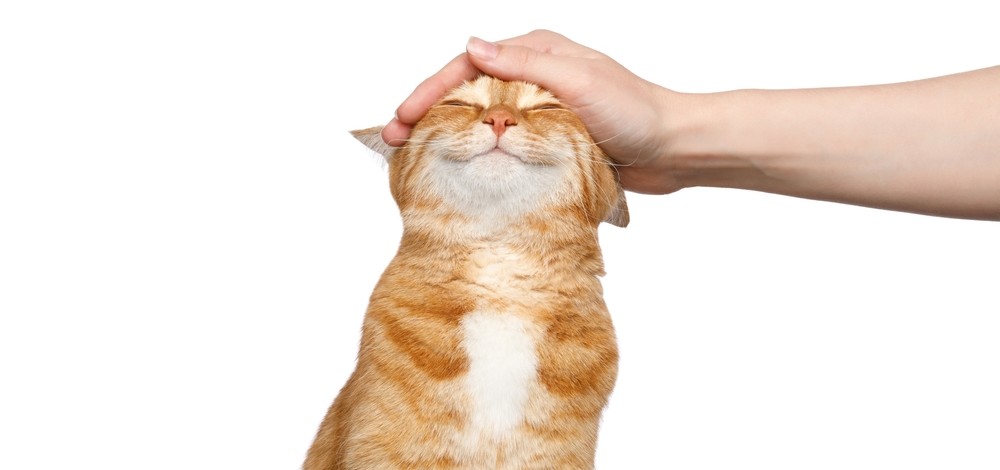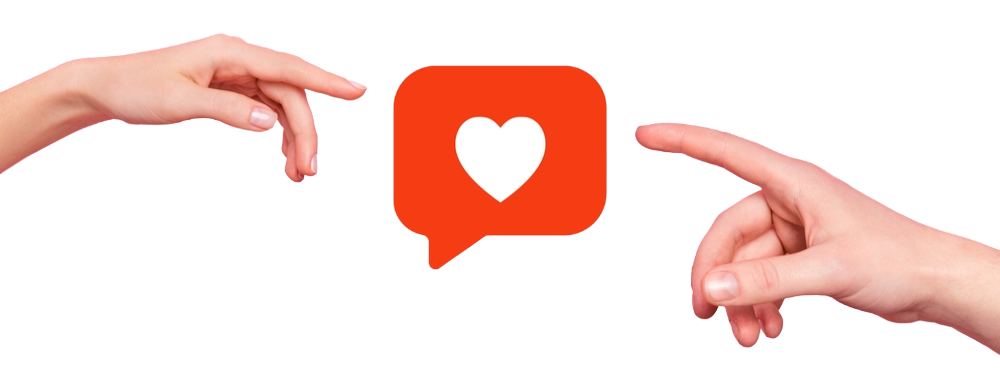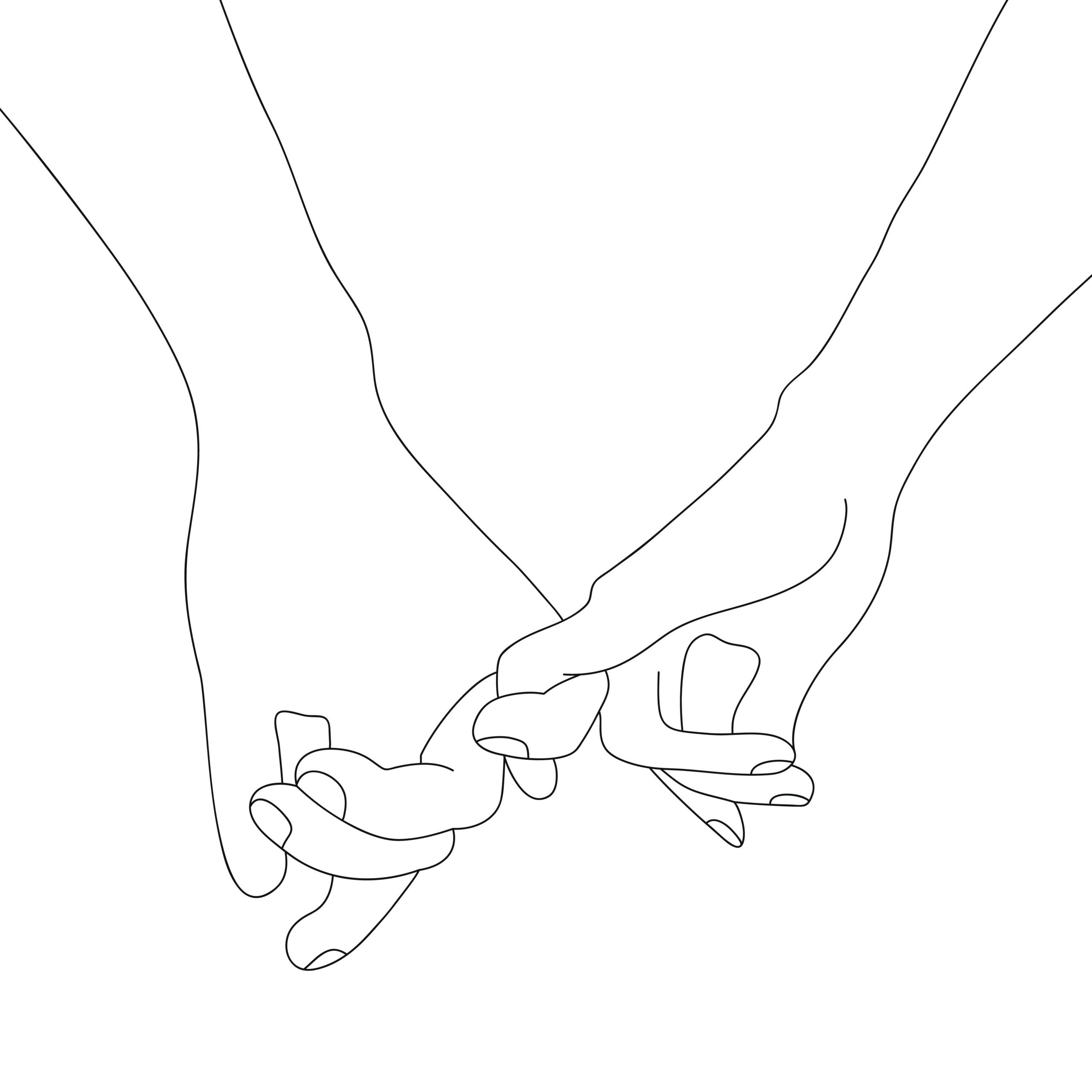I am right there with you. Affection did not come naturally for me, so how did I become the affectionate mushmellow I am today? It took time, leaps of faith, listening, and learning. I had to try, trust, fail, and then do it again.
I had to find peace between my instinctual drive for affection and my instinctual drive to protect myself. From where I came from (abusive childhood, abandonment, foster homes, homelessness as a teen), both instinctual drives were valid.
Once I found a truly trustworthy soul, we developed ways of communicating that works so beautifully for us. I felt a need to share it with you.

Why Do We Crave Touch?
Bonding through touch inspires our bodies to produce oxytocin. This is true when it comes to sharing affection with our intimate partners, our family and friends, and our pets.
Oxytocin is a hormone and neurochemical that helps us build trust and feel safe with others. Some studies have shown that it can also strengthen the immune system. It’s good for you!
Oxytocin is short-lived in the body, so consistency in these experiences is key. Regularly giving and receiving hugs, cuddling, handholding or sex, for example, can keep you and your loved ones feeling content.
On the contrary, when you deny your loved ones affection, you break bonds and feel your love drift away. This is true in intimate relationships, as well as with children and pets. Consistent consensual affection will fuel your love.
Touch is a Language
Imagine if everyone in the world had their own language, not a complex language, but one you had to learn if you wanted to connect with that person. This is exactly what touch is.
To help myself and the people in my life understand how I interpret touch, I began to sort kinds of touch available into a few categories or “touch buckets,” as I call them.
How To Define Your Language
These are my touch buckets, where I sort out the kinds of touch and what is acceptable for my body. You can modify the bucket list to fit your body and relationships.
- Platonic/Friendship/Family
- Soothing/Healing
- Affection/Romantic
- Sexual
- Nope, Don’t Do It
I can then take any touch, drop it into a bucket and define what it means for me. Depending on the circumstances, any act can fall into more than one bucket.
- Platonic touch might include short hugs, holding my niece’s hand, getting my nails done, or receiving a professional massage.
- Soothing touch would include longer hugs, and cuddling with no sexual intent. I don’t like to be touched by strangers but if I grow to trust a masseuse, it could also include a massage from a professional.
- Romantic affection includes holding hands, a kiss on the forehead, booping my nose, saying “I love you,” cuddling, touching my neck or hair, tucking my hand under my husbands arm as we walk, and sitting close and cuddling.
- Sexual touch can include long kisses, neck kisses, hands, toys, and more explicit sexual play.
- Nope touches for me include tickling and strangers touching me for any reason. Creating a nope category helps you define boundaries for your body and nervous system.

How To Share Your Language
I recommend that when you experience a touch that feels good, you say it out loud. For example, you are holding hands with your partner, and it feels good, you might say, “I love holding hands with you. You feel safe to me.” This will encourage them to hold hands more often, especially when you may need to feel soothed. You may need to say it a couple of times before they truly believe the depth of the experience for you.
Another way to expand your mutual understanding would be to call out touches. For example, my husband has a scar on his neck from a bullet wound. When we first met, touching his neck was off limits. I understood why. Over time, he has learned to trust my hands on his body. I can now rub his head, run my fingers through his hair, and hold my warm hand over this scar. Sometimes I will say, “Rubbing your head soothes you.” He will nod in agreement. I will remind him of a touch that soothes me.
It sounds so rudimentary, but it’s easy to overlook how valuable it can be to remind each other of how important certain touches may be. It reminds both of us how much we have to give each other.
I have also included a free worksheet at the bottom of this post to help you define what feels good for you and how to get more of what you crave.
Skin Hunger is Real
If you go through exercises like these with your partner and they are unreceptive, they may need more time to learn or you may need to develop other ways to communicate that suit the two of you.
Another possibility, be it a complex one, is that you may not be in a great relationship. You may be with a partner that is unwilling to make you and your wellbeing a priority. At some point, perhaps one of you or both of you have violated the other’s sense of trust and safety. (Sorry, it happens to the best of us.)
Only you can decide what is true in your quest for the love and affection you need and deserve. I hope that you, too, can find the love and safety you need to experience your own mushmellow puddledom with another. It’s not easy, but it’s worth it.
FREE PDF WORKSHEET: Touch Buckets Worksheet


